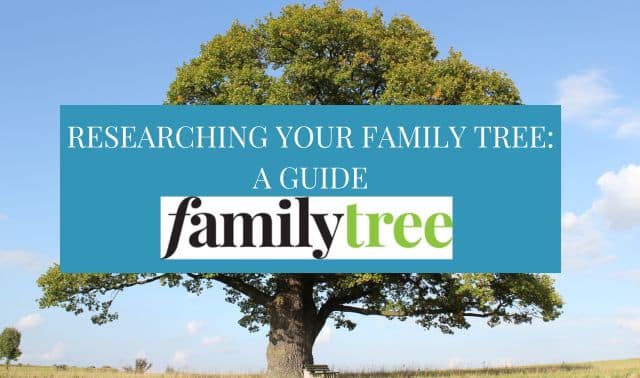Need a quick burst of inspiration? Try these 10 techniques to flesh out those elusive ancestors.
1. Note the names of witnesses to your ancestors’ baptisms, marriages and legal transactions. By researching those witnesses, you might glean new information about your own relatives.
2. Reverse ancestors’ first and last names when searching online databases.
3. When using a general search engine, such as Google, put your ancestor’s name in quotation marks (“John Farmer”) to limit search results.
4. Try using a wildcard (? or *) to broaden your online searches. On Ancestry.com, for instance, use a question mark (?) to replace one unknown letter. A search for Anders?n will turn up results for Anderson and Andersen.
Use an asterisk (*) to represent between zero and five unknown letters. A search for Rob*son will find people named Robson, Robertson or Robinson. Similarly, a search for Fran* will show results for Fran, Franny and Frank.
Want to find records that mention Martin Sullivan, Martin James Sullivan or Martin J. Sullivan? In Google, you can use an asterisk to search for all three versions of the name at the same time: Type “Martin * Sullivan” into the search box.
5. Remember to search on both maiden and married names for females.
6. Don’t assume that your immigrant ancestors arrived at Ellis Island. In addition to searching the free Ellis Island database, try databases for other ports. They’re available through subscription site Ancestry.com; the tools on the One-Step Web Pages site can help you search.
7. Check every available census taken during your ancestor’s lifetime. Record the data provided for each family member in the household, not just your ancestor. You can download free census forms at <familytreemagazine.com/info/censusforms>.
8. Search on more than just your ancestor’s full name. Try plugging a last name, event, date or place into a general search engine, and you may find databases and other resources that you’ve not yet explored.
9. If your ancestor had an unusual first name, try searching databases for it alone or combined with the name of his or her hometown.
10. Seek out living kin who might have family photos or who may be willing to swab their cheeks for a DNA test project. Use “reverse genealogy” (working from the past to the present) to find these long-lost cousins. See <familytreemagazine.com/article/reverse-genealogy-resources> for tips.
From the November 2010 issue of Family Tree Magazine.
More great genealogy resources from Family Tree Magazine:




